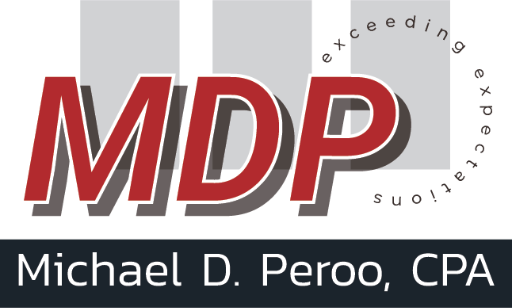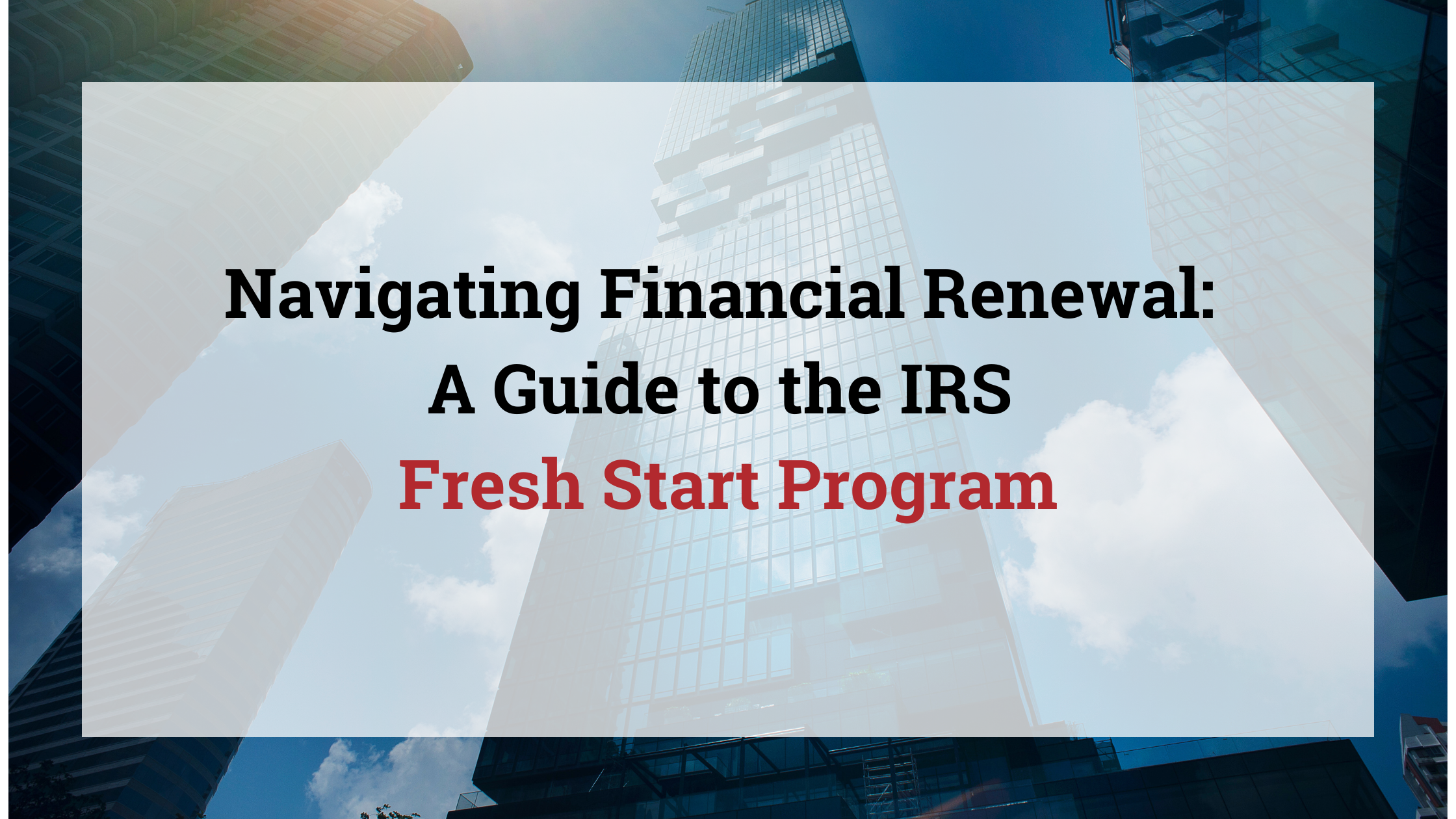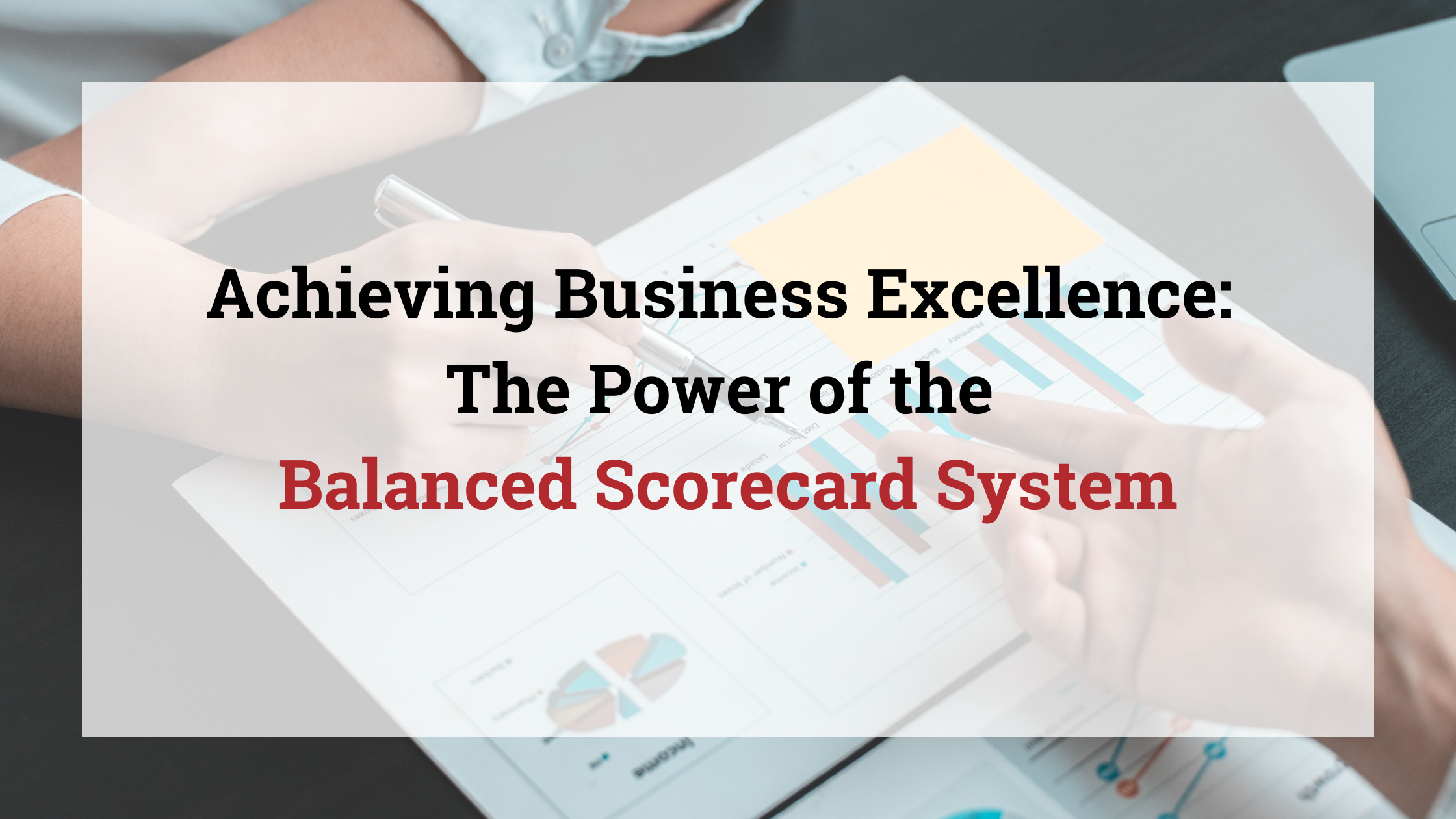NEWS & EVENTS
WHAT’S THE LATEST
CFO Services/Accounting
Understanding Mortgage Affordability: How Much Can You Borrow for a House?
Purchasing a home is a significant financial decision that requires careful consideration of various factors. One of the most crucial aspects is determining how much you can borrow for a house. The amount you can borrow depends on several factors, including your income, credit score, debt-to-income ratio, and the current lending environment.
Seven Ways to Find How Much You Can Borrow for a House
1. Income and Employment History:
Lenders typically use your gross income to calculate how much you can borrow. A common guideline is that your mortgage payment should not exceed 28-31% of your gross monthly income. Stable employment history is also crucial, as it provides lenders with confidence in your ability to repay the loan.
2. Credit Score:
Your credit score plays a significant role in determining the interest rate you qualify for and, consequently, how much you can borrow. Higher credit scores generally result in lower interest rates, allowing you to borrow more without significantly increasing your monthly payments.
3. Debt-to-Income Ratio:
Lenders also consider your debt-to-income ratio (DTI), which is the percentage of your gross monthly income that goes towards paying debts. Mortgage lenders usually prefer a DTI of 43% or lower, including your potential mortgage payment and other debts. A lower DTI can increase the amount you can borrow.
4. Down Payment:
The amount of money you can put down as a down payment affects the loan-to-value (LTV) ratio. The LTV ratio is the loan amount divided by the property's appraised value. A higher down payment reduces the LTV ratio, making you a less risky borrower and potentially allowing you to borrow more.
5. Interest Rates and Loan Terms:
The interest rate on your mortgage significantly impacts how much you can borrow. Lower interest rates generally result in lower monthly payments, allowing you to qualify for a larger loan amount. Additionally, the loan term (e.g., 15 years, 30 years) affects your monthly payments and, consequently, the loan amount you can afford.
6. Property Taxes and Insurance:
Lenders consider property taxes and homeowners insurance when determining your borrowing capacity. These costs are often included in your monthly mortgage payment, so they directly impact the amount you can borrow.
7. Loan Programs:
Different loan programs have varying eligibility criteria and lending limits. Government-backed loans, such as those insured by the Federal Housing Administration (FHA) or guaranteed by the Department of Veterans Affairs (VA), may offer more flexible terms for borrowers with lower income or limited down payment capabilities.
Let Michael D. Peroo, CPA Help You Understand Mortgage Affordability Today
Determining how much you can borrow for a house is a multifaceted process that involves considering your income, creditworthiness, and other financial factors. Working with a knowledgeable mortgage professional can help you navigate the complexities of mortgage lending, ensuring that you find a loan amount that aligns with your financial goals and circumstances. Remember that while it's essential to understand how much you can borrow, it's equally crucial to assess how much you can comfortably afford to repay over the long term. Contact Michael D. Peroo, CPA today to see how we can help you find out how much you can borrow towards your mortgage.
IRS Representation
Navigating Financial Renewal: A Guide to the IRS Fresh Start Program
For individuals and businesses facing the burden of tax debt, the Internal Revenue Service (IRS) Fresh Start Program emerges as a beacon of hope — a pathway towards resolving tax issues and regaining financial stability. In this article, we explore the key components of the IRS Fresh Start Program, its eligibility criteria, and how it provides a fresh beginning for those seeking relief from tax liabilities.
What is the IRS Fresh Start Program?
Launched in 2011, the IRS Fresh Start Program is an initiative designed to assist taxpayers in settling their tax debts and achieving a fresh start financially. The program introduced changes to existing IRS policies, making it more accessible for taxpayers to resolve their tax issues and avoid the harsh consequences of unpaid taxes.
Key Features of the IRS Fresh Start Program
- Expanded Installment Agreements: The Fresh Start Program expanded the eligibility criteria for streamlined installment agreements, allowing more taxpayers to set up monthly payment plans for their tax debts. Taxpayers with debts up to $50,000 can qualify for streamlined installment agreements without the need for detailed financial documentation.
- Offer in Compromise (OIC) Changes: The program modified the Offer in Compromise (OIC) requirements, making it more realistic for taxpayers to qualify for a settlement. The changes included a more flexible approach to calculating the taxpayer's ability to pay and considering a broader range of expenses.
- Lien Withdrawal: Taxpayers with a federal tax lien can request the withdrawal of the lien under certain conditions. Lien withdrawal allows individuals to clear their credit records and regain access to credit more easily.
- Release of Levies: The Fresh Start Program introduced procedures for releasing levies on wages and bank accounts in specific situations. Taxpayers facing financial hardship may qualify for the release of levies to ease their financial burden.
Am I Eligible for the IRS Fresh Start Program?
In order to find out if you have the eligible criteria for the IRS Fresh Start program, see our checklist:
- Tax Debt Amount: The Fresh Start Program is generally available to taxpayers with total tax debts of $50,000 or less. This threshold includes the total amount owed, including taxes, penalties, and interest.
- Compliance with Tax Filings: To qualify for the program, taxpayers must be up to date with their tax filings. This includes filing all required tax returns for the most recent tax years.
- Ability to Pay: Taxpayers must demonstrate an inability to pay their tax debt in full within a reasonable timeframe. The IRS will assess the taxpayer's financial situation to determine eligibility.
- Willingness to Settle: Individuals applying for the Offer in Compromise must demonstrate a genuine willingness to settle their tax debt. This involves providing accurate and complete financial information to support the OIC application.
What are the Benefits of the IRS Fresh Start Program?
- Reduced Financial Strain: The program offers taxpayers a more manageable way to address their tax debts through streamlined installment agreements, reducing the financial strain associated with lump-sum payments.
- Improved Creditworthiness: Lien withdrawal and levy releases provided by the program can contribute to improved creditworthiness, enabling individuals to access credit more easily and rebuild their financial standing.
- Opportunity for a Fresh Start: The Fresh Start Program provides a structured pathway for individuals and businesses to overcome tax challenges, settle debts, and embark on a new financial chapter.
Getting Tax Help from the IRS Fresh Start Program
The IRS Fresh Start Program serves as a lifeline for individuals and businesses grappling with tax debts, offering a realistic and structured approach to resolving financial challenges. By expanding eligibility criteria, introducing more flexible terms for installment agreements, and providing avenues for lien withdrawal and levy releases, the program empowers taxpayers to regain control of their financial destinies. For those burdened by tax liabilities, the Fresh Start Program represents not just an opportunity to settle debts but a pathway to a renewed financial future. Michael D. Peroo, CPA is your resource for tax planning and IRS assistance. Contact us today to discuss your eligibility for the IRS Fresh Start Program.
Business Planning
Unlocking the Value: Understanding the Essentials of Business Valuations
Business valuation is a critical aspect of the corporate landscape, serving as the compass that guides decisions related to mergers and acquisitions, sales, partnerships, and financial planning. For entrepreneurs, investors, and stakeholders, comprehending the methodologies and factors involved in business valuations is essential for making informed and strategic decisions. In this article, we delve into the fundamentals of business valuations, shedding light on why they matter and how they are conducted.
Why Business Valuations Matter
Informed Decision-Making: Business valuations provide stakeholders with a clear understanding of the company's worth. Whether contemplating a sale, merger, acquisition, or partnership, having an accurate valuation is crucial for making informed decisions that align with strategic goals.
Financial Planning: Business owners use valuations for financial planning purposes, helping them set realistic goals, assess the financial health of the company, and make informed decisions about investments, expansions, or divestitures.
Mergers and Acquisitions: In the realm of mergers and acquisitions, business valuations are paramount. They help buyers determine a fair purchase price, enable sellers to gauge the market value of their business, and facilitate negotiations that align the interests of both parties.
Equity Offerings and Financing: When seeking external financing or considering equity offerings, a business valuation provides a basis for determining the value of shares or ownership stakes. Investors use these valuations to assess potential returns on investment.
Succession Planning: For family-owned businesses or those planning leadership transitions, business valuations are instrumental in determining the equitable distribution of ownership among family members or successors.
Key Methods of Business Valuation
- Asset-Based Valuation: This method calculates the value of a business based on its net assets. It involves determining the fair market value of tangible assets, such as property and equipment, and subtracting liabilities.
- Earnings-Based Valuation: Earnings-based methods assess a business's value by considering its earnings or cash flow. Common methods include the Earnings Before Interest, Taxes, Depreciation, and Amortization (EBITDA) and the Price-to-Earnings (P/E) ratio.
- Market-Based Valuation: This approach compares the business to similar companies in the market that have recently been sold. Comparable company analysis (CCA) and precedent transactions are common methods within market-based valuations.
- Discounted Cash Flow (DCF): DCF is a valuation method that estimates the present value of a business's future cash flows. It considers the time value of money, providing a comprehensive view of a company's intrinsic value.
Factors Influencing Business Valuations
- Financial Performance: Revenue, profitability, and cash flow are fundamental indicators of a company's financial health and play a significant role in determining its valuation.
- Market Conditions: The economic environment, industry trends, and market conditions influence the perceived value of a business. Industries experiencing growth and positive trends may command higher valuations.
- Competitive Positioning: A business's competitive advantage, market share, and unique selling propositions contribute to its valuation. Companies with strong market positions often command higher values.
- Risk and Uncertainty: Valuations are affected by the perceived risk associated with a business. Factors such as industry stability, market competition, and economic uncertainties can impact the perceived risk.
- Growth Prospects: The potential for future growth significantly influences a business's value. Companies with solid growth prospects are often valued higher than those with stagnant or declining outlooks.
Business Valuations for Your Organization
In the intricate world of business, where decisions can shape the trajectory of an enterprise, understanding business valuations is a fundamental skill. Whether contemplating strategic moves, financial planning, or stakeholder negotiations, a well-informed understanding of a company's worth is indispensable. Business valuations, conducted through various methodologies, serve as the foundation for strategic decision-making, offering stakeholders the insights needed to navigate the complex landscape of corporate finance and investment. As businesses evolve and markets fluctuate, the ability to unlock the intrinsic value of a company becomes not just a financial exercise but a strategic imperative for success. Contact Michael D. Peroo, CPA today for assistance with your business valuation.
Business Planning
Achieving Business Excellence: The Power of the Balanced Scorecard System
In the dynamic landscape of modern business, organizations are faced with the challenge of effectively aligning their strategies, operations, and performance measurement. The Balanced Scorecard (BSC) system has emerged as a transformative framework that empowers businesses to navigate complexity and achieve success through a holistic approach to performance management. Explore the significance of implementing a Balanced Scorecard system and the tangible benefits it brings to organizations seeking to excel in today's competitive environment.
Understanding the Balanced Scorecard System
Developed by Drs. Robert Kaplan and David Norton in the early 1990s, the Balanced Scorecard is a strategic performance management tool designed to translate an organization's mission and strategy into a set of comprehensive and balanced performance indicators. It goes beyond traditional financial metrics and incorporates a mix of financial and non-financial key performance indicators (KPIs) to provide a well-rounded view of organizational performance.
Key Components of the Balanced Scorecard
- Financial Perspective: Traditional financial metrics such as revenue growth, profitability, and return on investment are crucial for assessing the financial health and sustainability of the organization.
- Customer Perspective: Focuses on customer satisfaction, loyalty, and retention. This perspective measures how well the organization is meeting customer expectations and building long-term relationships.
- Internal Business Processes Perspective: Evaluates the efficiency and effectiveness of internal processes critical to delivering value to customers. Identifying and optimizing key processes contribute to overall organizational success.
- Learning and Growth Perspective: Emphasizes the importance of organizational capacity building, employee skills development, and innovation. A thriving organization requires continuous learning and adaptation.
Benefits of Implementing the Balanced Scorecard System
- Alignment of Strategy and Execution: The Balanced Scorecard aligns organizational goals and objectives with day-to-day operations. It ensures that every department and employee understands their role in contributing to the overall strategic vision.
- Comprehensive Performance Measurement: By incorporating financial and non-financial metrics, the BSC provides a comprehensive view of performance. This prevents over-reliance on financial metrics alone and promotes a balanced approach to decision-making.
- Enhanced Decision-Making and Strategy Execution: The BSC facilitates informed decision-making by providing real-time data on key performance indicators. This, in turn, enables effective strategy execution as organizations can quickly identify areas that need attention and improvement.
- Improved Communication and Collaboration: The BSC promotes transparency and communication across all levels of the organization. When employees understand how their contributions align with organizational goals, it fosters a sense of purpose and collaboration.
- Strategic Learning and Adaptation: With a focus on learning and growth, the BSC encourages organizations to adapt to changing market conditions and embrace innovation. Continuous improvement becomes ingrained in the organizational culture.
- Measuring Customer Value: The BSC places emphasis on the customer perspective, ensuring that organizations measure and prioritize factors that contribute to customer satisfaction and long-term relationships.
Using the Balanced Scorecard for Business Success
In the pursuit of organizational excellence, the Balanced Scorecard system stands as a beacon guiding businesses toward a more holistic and strategic approach to performance management. By embracing a balanced perspective that considers financial and non-financial aspects, organizations can manage complexities, align their strategies with day-to-day operations, and ultimately achieve sustained success in today's competitive business environment. The implementation of a Balanced Scorecard is not just a tool; it is a strategic mindset that propels organizations toward a future of continuous improvement and strategic achievement. It's never too late to start working on business strategies for success, and we can help. Contact Michael D. Peroo, CPA today to learn more.
Crafting Your Legacy: A Comprehensive Guide to Preparing an Estate Plan
Estate planning is an essential process that allows you to outline your wishes and ensure the smooth transition of your assets to your loved ones upon your passing. It is not just for the wealthy; everyone, regardless of their financial situation, should have an estate plan. In this article, we will walk you through the key steps and considerations for preparing a comprehensive estate plan.
12 Ways to Craft Your Legacy with an Estate Plan
Take Inventory of Your Assets
Before you can begin creating an estate plan, you need to know what you have. Make a list of all your assets, including real estate, bank accounts, investments, life insurance policies, retirement accounts, personal property, and any business interests. This inventory will serve as the foundation for your plan.
Set Your Goals and Objectives
What do you want to achieve with your estate plan? Common goals include providing for your spouse, children, or other beneficiaries, minimizing estate taxes, and preserving your legacy. Your goals will shape the specifics of your plan.
Create or Update Your Will
A Last Will and Testament is a fundamental part of your estate plan. It outlines how you want your assets distributed after your death. Be sure to name an executor, guardians for minor children, and specify any bequests or charitable donations.
Consider a Living Will and Healthcare Proxy
A living will and a healthcare proxy (also known as a medical power of attorney) outline your healthcare preferences and designate someone to make medical decisions on your behalf if you become unable to do so. These documents are crucial for ensuring your wishes are respected.
Establish Trusts
Trusts are versatile tools that can help you achieve various estate planning goals, such as avoiding probate, providing for minor children, or managing assets for beneficiaries. Common trusts include revocable living trusts, irrevocable trusts, and special needs trusts.
Plan for Incapacity
In addition to end-of-life planning, consider what will happen if you become incapacitated. Establish a durable power of attorney, designating someone to handle your financial affairs, and create a healthcare power of attorney for medical decisions.
Review and Update Beneficiary Designations
Your life insurance policies, retirement accounts, and other financial instruments often require you to name beneficiaries. Ensure that your designations align with your estate plan, as they typically supersede instructions in your will.
Address Estate Taxes
Depending on the size of your estate, estate taxes may be a concern. Work with a tax professional to understand the implications and explore strategies to minimize tax liabilities.
Organize Important Documents
Keep all estate planning documents, such as your will, trusts, and insurance policies, in a secure and accessible location. Inform your loved ones of their whereabouts, so they can be easily located when needed.
Consult with Professionals
Estate planning is a complex field, and it's advisable to consult with professionals who can provide guidance. Consider working with an estate planning attorney, financial advisor, and tax specialist to ensure that your plan is legally sound and tax-efficient.
Communicate Your Wishes
Open and honest communication with your family is crucial. Discuss your estate plan and the reasons behind your decisions with your loved ones. This can help prevent misunderstandings and disputes later on.
Periodically Review and Update Your Plan
Life circumstances change, so it's important to revisit your estate plan regularly. Major life events, such as marriage, divorce, the birth of children or grandchildren, or significant changes in financial status, should trigger a review and, if necessary, updates to your plan.
Let MDP Help You Create an Estate Plan Today
Michael D. Peroo, CPA can help you create an estate plan that will ensure that your wishes are carried out and your loved ones are provided for in the future. It's a process that requires careful consideration, professional guidance, and regular maintenance. With a well-crafted estate plan, you can have peace of mind knowing that you have taken steps to protect your legacy and the financial well-being of your family.
Business Planning
Harnessing the Power of Key Performance Indicators (KPIs) to Boost Your Business
Key Performance Indicators, often referred to as KPIs, are critical tools that enable businesses to assess their performance and make informed decisions. In this article, we will explore how KPIs can significantly benefit your business by providing valuable insights, driving improvements, and fostering overall growth.
What are KPIs?
Key Performance Indicators (KPIs) are measurable metrics that help organizations track and evaluate their progress toward achieving specific objectives. KPIs can cover a wide range of areas, from financial performance and customer satisfaction to operational efficiency and employee productivity.
The Role of KPIs in Business Success
Strategic Alignment
KPIs help align the organization's activities with its strategic goals. By setting clear and measurable KPIs, businesses ensure that all efforts are directed towards achieving the company's vision and mission.
Performance Evaluation
KPIs serve as benchmarks for measuring performance. They provide a quantitative and objective means to assess how well the business is doing in various areas. This information is essential for identifying strengths, weaknesses, and areas that require improvement.
Informed Decision-Making
KPIs provide data-driven insights that facilitate informed decision-making. When business leaders have access to accurate and up-to-date KPI data, they can make strategic decisions that can positively impact the company's performance.
Goal Setting and Monitoring
KPIs help in setting specific and attainable goals. Monitoring these indicators regularly allows you to track progress toward these goals and make necessary adjustments along the way.
Types of KPIs
There is a vast array of KPIs to choose from, depending on your business's objectives. Here are a few common types:
- Financial KPIs: These measure the financial health of your business and include metrics like revenue growth, profit margins, and return on investment (ROI).
- Customer KPIs: These focus on customer satisfaction, retention, and acquisition, and can include metrics like Net Promoter Score (NPS) and customer churn rate.
- Operational KPIs: These assess the efficiency and effectiveness of your business operations, such as production output, delivery times, and inventory turnover.
- Employee KPIs: Employee performance can be evaluated with metrics like employee turnover rate, productivity, and employee satisfaction.
- Marketing KPIs: These KPIs track the success of marketing efforts, including website traffic, conversion rates, and cost per acquisition (CPA).
Implementing KPIs in Your Business
- Identify Clear Objectives: Start by defining your business objectives. What do you want to achieve? This clarity will guide your choice of KPIs.
- Select Relevant KPIs: Choose KPIs that align with your goals. They should be specific, measurable, achievable, relevant, and time-bound (SMART).
- Collect Data: Gather data through various sources, including software tools, surveys, and internal reports.
- Set Targets: Establish target values for your KPIs. These targets should be challenging but attainable.
- Regular Monitoring: Continuously track and monitor your KPIs. Use software solutions and reporting systems to streamline this process.
- Adapt and Improve: When you observe KPIs falling short of targets, use that data to implement changes and improvements in the corresponding areas.
How Can You Harness KPIs to Help You Boost Your Business?
Key Performance Indicators are essential instruments for enhancing business performance and growth. By establishing relevant KPIs, regularly monitoring them, and taking action based on the insights they provide, your business can make more informed decisions, streamline operations, and work towards achieving its strategic objectives. Whether you're a small startup or a large corporation, KPIs can help you navigate the complexities of the business world and drive success. Don't miss out on this opportunity to boost your business; contact MDP today to find out how we can help you determine your KPIs for better business performance.
Auditing
Strategies for Boosting Business Cash Flow: A Comprehensive Guide
Cash flow is the lifeblood of any business. It's the money that flows in and out of your company, enabling you to pay bills, invest in growth, and weather financial storms. Michael D. Peroo, CPA, has some ideas for exploring strategies and implementing steps to help businesses like yours improve their cash flow.
10 Ways Businesses Can Improve Their Cash Flow
1. Accurate Cash Flow Forecasting:
The foundation of effective cash flow management is forecasting. By predicting your future inflows and outflows, you can proactively plan and address potential shortfalls or surpluses. A well-structured cash flow forecast allows you to anticipate and react to changing financial circumstances.
2. Streamline Accounts Receivable:
- Invoicing Efficiency: Ensure invoices are accurate, promptly sent, and easily understood. Implement an efficient invoicing system to reduce payment delays.
- Credit Policies: Evaluate and adjust your credit policies to limit the risk of unpaid invoices. Consider offering discounts for early payments to incentivize customers.
- Follow Up on Outstanding Invoices: Regularly follow up on overdue invoices. You can use automated reminders and collection efforts to expedite payments.
3. Manage Accounts Payable:
- Payment Negotiations: Negotiate favorable terms with suppliers, such as extended payment terms, early payment discounts, or rebates.
- Inventory Control: Maintain an optimal inventory level to reduce carrying costs. Minimize overstocking or tying up funds in slow-moving items.
- Prioritize Payments: Pay bills strategically, prioritizing those with the least favorable terms. Avoid late payment penalties.
4. Effective Expense Management:
- Cost Reduction: Continuously evaluate expenses and look for areas to reduce costs without compromising quality or customer satisfaction.
- Budgeting: Create a detailed budget that aligns with your cash flow forecast, helping you allocate funds efficiently.
5. Boost Sales and Revenue:
- Marketing and Sales Strategies: Invest in marketing efforts and sales initiatives to attract new customers and increase revenue from existing ones.
- Diversification: Explore new product lines, markets, or services to expand your customer base and revenue streams.
6. Access to Financing:
- Business Loans: Consider short-term or working capital loans when necessary to bridge gaps in cash flow.
- Lines of Credit: Establish or maintain a business line of credit as a safety net for emergencies.
7. Promptly Deposit Funds:
- Ensure incoming funds, such as customer payments, are deposited promptly into your business account. Delayed deposits can negatively impact cash flow.
8. Debt Management:
- Refinancing: Evaluate opportunities to refinance existing debt at more favorable terms or lower interest rates.
- Debt Reduction: Prioritize paying down high-interest loans to decrease interest expenses.
9. Tax Planning:
- Work with a tax professional to optimize your tax strategy, using deductions and credits that can improve your cash flow.
10. Monitor and Adjust:
- Continuously monitor your cash flow and financial performance. Be prepared to adjust your strategies based on changing circumstances, such as economic shifts or industry-specific challenges.
Plan for Success with Michael D. Peroo, CPA
Let Michael D. Peroo, CPA, help you plan for success. Our team is well-equipped to help you build a solid foundation for effective cash flow management. As a certified personal accountant in Kansas, monitoring, planning, and proactive decision-making are just a few of the strategies we can implement to assist you in maintaining a healthy cash flow that supports your business's long-term success.
Strengthen and grow your business with MDP today - contact us to get started.
Categories
- All
- Auditing(2)
- Business Planning(7)
- CFO Services/Accounting(3)
- City & County Budgeting(1)
- Estate Planning(4)
- Fiscal Sustainability(3)
- Healthcare(1)
- IRS Representation(2)
- Mergers & Acquisition(1)
- Retirement Planning(8)
- Tax Planning & Consulting(7)
- Utility Rate Study(1)








